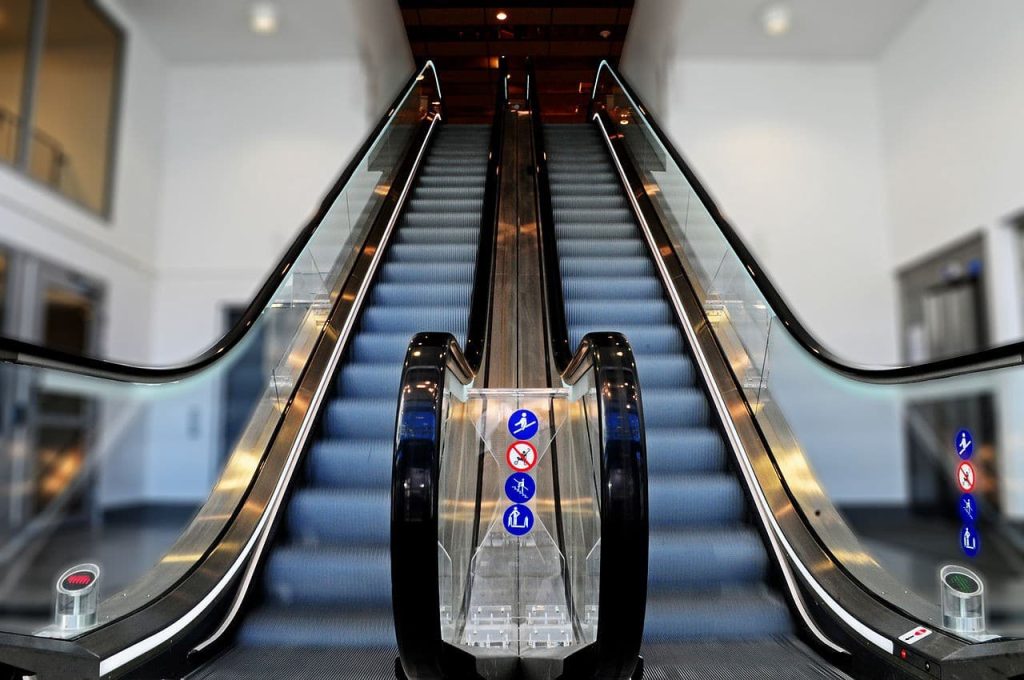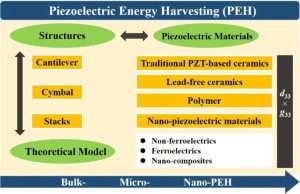What is a Lift: Types of an Elevator System
What is an Elevator
An elevator is a type of transport system that is used to move both people and goods from one point to another, usually in a building.
The elevator system can be made up of mechanical and electrical elements, however, elevator is not a mechanical system because it’s nether pushed or pulled.
An elevator is made up of the box (the cab) and the frame or chassis, and other elements to make a safe movement.
It is the chassis of the elevator that slides along the guides and allows smooth movement up and down.
In the cabin, there is the control panel, which is the place from where the instructions or tasks are given to the elevator to carry out.
What are the Types of Elevator System
An elevator is a vertical transportation system, designed to move people or goods between the different levels of a building or structure.
An elevator system is made up of mechanical, electrical, and electronic parts that work together to get it going.
The types of elevators can be categorized considering their features, mode of working (their drive) and the model.
Therefore, there are basically 2 types of elevators: Electric traction elevator and Hydraulic traction elevator.
If you also categorize based on the models, we have the conventional lifts, single-family lifts, or lifts with a reduced pit.
The types of elevators can also be broadly grouped into 4 types: Hydraulic, traction, machine-room-less (MRL), and Vacuum ( Air driven type), while traction elevator is the most common type.
Moreso, there are variations in each type of elevator.
Is An Elevator also Pulley and what type it is?
The electromechanical is the most used type of elevator and is the one in which its movement is based on a traction pulley driven by an electric motor, which moves the cables that join the elevator car with the counterweight installed for this purpose.
Therefore, elevator is a type pulley since it has similar components and mode of operation.
What type of energy does the elevator use?
Old models of traction elevators use direct-current electricity, and thousands of kilowatt can be used yearly, and very energy-inefficient.
Depending on how the lift is used, the model, and the size of the building, a lift uses 25 watt of current per day on average per floor.
However, modern-day elevators are now improved with hardware, and other systems that not only make it use less energy, but also more lightweight and generate electricity through the conversion of the elevator’s kinetic energy into electricity that is used by the building’s electrical network.
Some elevator development company have also launched elevators that use clean energy to run, with mechanisms that made it to be powered by solar.
Some Parts of an electric elevator
- Speed regulation system
- Electric motor
- Elevator rails
- Cabin
- Shaft
- Doors
- Shock absorbers
- Security devise






